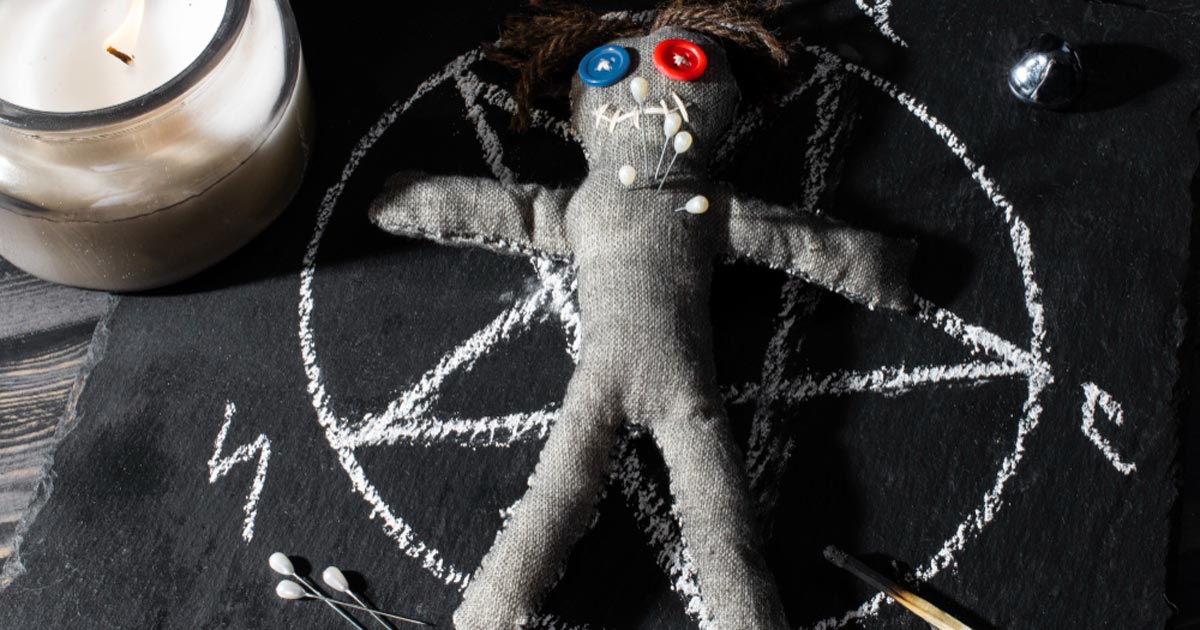
Superstitions are as old as civilization itself. Across the world, people follow bizarre beliefs that often defy logic but continue to persist due to tradition, culture, or fear of bad luck. From avoiding black cats to fearing the number 13, these superstitions shape daily life in unexpected ways. But why do they exist, and how have they impacted individuals, including notable Indian personalities? Let’s explore 21 of the strangest superstitions worldwide and the intriguing reasons behind them.
- The Number 13 (Worldwide)
Many cultures consider 13 unlucky, leading to the omission of the 13th floor in buildings and the fear of Friday the 13th. This superstition dates back to Norse mythology and the Last Supper, where Judas, the 13th guest, betrayed Jesus.
- Sweeping at Night (India)
In India, sweeping the house at night is believed to drive away prosperity. This belief stems from old times when lighting was poor, and sweeping at night risked discarding valuable items.
- Itching Palms (Turkey & India)
In Turkey, an itchy right palm means money is coming, while an itchy left palm means money will be lost. A similar belief exists in India, where an itchy right palm for men (left for women) signifies incoming wealth.
- Whistling Indoors (Russia & South Korea)
In Russia and South Korea, whistling indoors is believed to invite misfortune and evil spirits.
- Spilling Salt (Europe & USA)
Spilling salt is said to bring bad luck unless thrown over the left shoulder, a practice linked to Leonardo da Vinci’s painting of the Last Supper, where Judas spilled salt.
- Knocking on Wood (Worldwide)
People knock on wood to ward off bad luck. This originates from ancient beliefs that spirits lived in trees and knocking summoned their protection.
- Cutting Nails at Night (India & Japan)
In India and Japan, cutting nails at night is considered inauspicious. This belief likely arose because, in earlier times, cutting nails in dim light could lead to injuries.
- Bird Droppings Mean Wealth (Russia & India)
In Russia and parts of India, being pooped on by a bird is seen as a sign of good luck and impending wealth.
- Stepping on a Crack (USA & UK)
The phrase “Step on a crack, break your mother’s back” led to children avoiding cracks in sidewalks, though its origin remains unclear.
- Owls as Omens of Death (India & Mexico)
Owls are seen as harbingers of death in India and Mexico, possibly due to their nocturnal nature and eerie calls.
- Empty Rocking Chair (Ireland & USA)
An empty rocking chair moving on its own is thought to invite spirits, stemming from Irish folklore.
- Walking Under Ladders (Western Countries)
Walking under a ladder is considered bad luck because of its association with the gallows in medieval times.
- Opening an Umbrella Indoors (UK & USA)
This superstition likely originated in Victorian England when large, spring-loaded umbrellas posed a safety hazard indoors.
- The Evil Eye (India, Middle East, Greece)
The belief that envious glares can bring misfortune is widespread. In India, people use ‘nazar battu’ (protective charms) to ward off the evil eye.
- Sleeping with Feet Facing the Door (China & India)
Feng Shui and Indian traditions dictate that sleeping with feet toward the door brings death, as this is how corpses are carried out.
- Cutting Hair on Tuesdays (India)
Many Indians avoid cutting hair or nails on Tuesdays, believing it invites bad luck. This is tied to Hindu beliefs about the planet Mars.
- Horseshoes for Luck (UK & USA)
Horseshoes are considered lucky, possibly because they were made of iron, believed to ward off evil spirits.
- Curse of the Opal (Europe)
Opals were once thought to bring bad luck, especially if worn by someone not born in October.
- Lucky Rabbit’s Foot (USA & UK)
Carrying a rabbit’s foot as a charm for good luck dates back to African folklore and ancient European traditions.
- Broken Mirrors Bring 7 Years of Bad Luck (Worldwide)
This belief stems from the idea that a mirror reflects one’s soul, and breaking it damages the soul’s well-being.
- Mangal Dosha (India)
Hindu astrology states that people born under Mangal Dosha (Mars influence) face marital issues. Remedies include marrying a tree or an idol before marrying a human partner.
Real-Life Story: Amitabh Bachchan’s Superstitions and Success
Even Bollywood megastar Amitabh Bachchan has admitted to following certain superstitions. He wears a blue sapphire ring and refrains from watching Indian cricket matches, believing his presence affects the outcome. Despite these quirks, he has won multiple Filmfare Awards and was honored with the Padma Bhushan and Padma Vibhushan by the Indian government.
Conclusion
Superstitions, no matter how irrational, continue to influence people’s lives. While some dismiss them as myths, others find comfort in these traditions. Whether they stem from fear, faith, or folklore, they remain an intriguing part of human culture.
Do you believe in any of these superstitions, or do you think they are mere coincidences? The debate continues.





